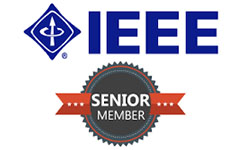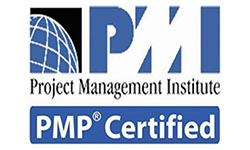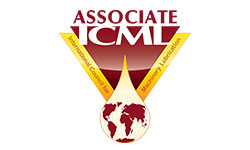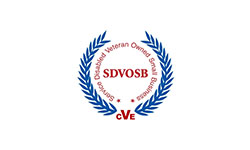PREDICTIVE MAINTENANCE & CONDITION MONITORING
This development course is available in both virtual and in-person, instructor-led formats, it is a two offering in the fundamentals of Predictive maintenance & Condition monitoring applicable to facilities and manufacturing production lines. With ever increasing demands from senior leaders to accomplish more work and decreasing operating costs, investing in predictive maintenance and condition monitoring tools makes more sense today than ever before.
Description:
While many organizations still rely heavily on time-based, preventive maintenance, it’s a proven fact that condition-based monitoring increases personnel productivity, reduces equipment downtime and saves money. Predictive Maintenance (PdM) & Condition Monitoring will provide team members with a framework to make the right decisions on what equipment needs condition monitoring, what technologies to use to meet their needs and how to measure the effectiveness of their decisions. In addition to exposing students to the principles and options for a program, they will learn about real world applications that have benefited other successful maintenance programs.
Course Outline:
Day One – Topics
Introductions and Establishing Seminar Goals
Understanding Maintenance Program Types & Their Effectiveness
1. Breakdown
2. Preventive
3. Predictive
4. Proactive
The Need to Identify Critical Equipment
Root Cause Analysis Tools; Examining In-House Processes Elements of Root Cause Analysis (RCA)
Applying the “How-Can?” Tool
The Ishikawa (Fishbone) Diagram
Root Cause Analysis Data Collection Forms
What Happened? How? Why?
How to do Cause/Effect Charting for RCPE
1. ImplementationSteps
How to Sell Root Cause Analysis to Management
1. Building the Analysis Team
2. Preserving Evaluation Data
3. Analyzing the Data
4. Communication of Findings and Recommendations
5. Tracking Cost Savings
6. Calculating Bottom Line Results
Four Foundations for Improving Reliability
1. Developing and Fostering the Culture of Reliability
2. Product Mission
3. ReliabilitySpecifications
Dr. W. Edwards Deming & The Shift to Quality
1. The Need to Consider Quality vs. Cost Controls
2. SuccessinPost-1945Japan
3. Success in American (late-1970’s Ford Motor Company)
Cost/Benefit Analysis Tools
Exercise: Comparing Maintenance Strategies Based on
Costs/Availability with “Truck Fleet Case History”
1. RuntoFailure
2. Scheduled Repair/Parts Replacement/On-Condition Inspections
3. Applying Reliability Centered Maintenance
4. A Positive Financial Impact
Day Two – Topics
Determining Overall Equipment Efficiency (OEE)
1. Another Metric for Equipment Performance
2. Focusing the Process
Improvement Effort
Understanding Return on Investment (ROI)
Predictive Maintenance (PdM) Tools
1. Vibration
2. OilAnalysis
3. Infrared
4. Ultrasound
How PdM Technologies Integrate with RCM-Reliability Centered Maintenance
On-Line Monitoring for Instant Machine Condition Diagnostics
1. Monitoring Machine Conditions
2. How to Make Recommendations for Maintenance/Repair
3. The Future of PdM
Introducing FMEA (Failure Modes and Effects Analysis) and FMECA (Failure Modes and Effects with Cause Analysis)
1. The “Flip Side” of Root Cause Analysis
2. Recovering CMMS Data
3. Basic FMEA Steps & Application
The Maintenance-Operations Planning Meeting:
1. Facility-Wide Inputs; Gather your Subject Matter Experts
2. Prioritizing Critical Equipment
3. Equipment Availability
4. Labor Utilization
5. Final Maintenance Schedule
Recommendation
Using Maintenance Log Data
1. Times-To-Failure 2. SuspensionTime
3. MTTR -Mean Time to Repair
4. MTBF – Mean Time Between Failures
Review of Seminar Goals and Addressing Remaining Questions










